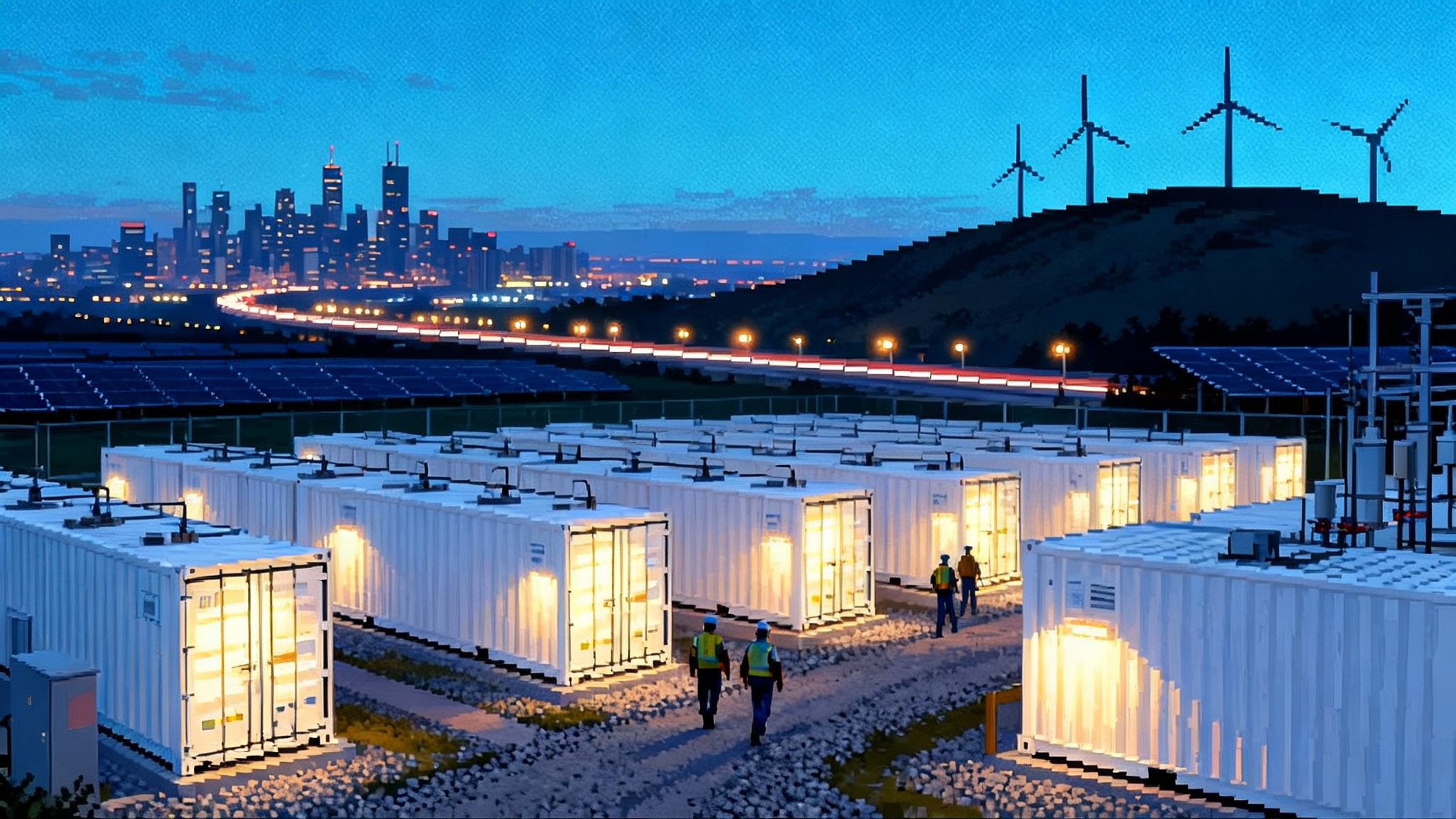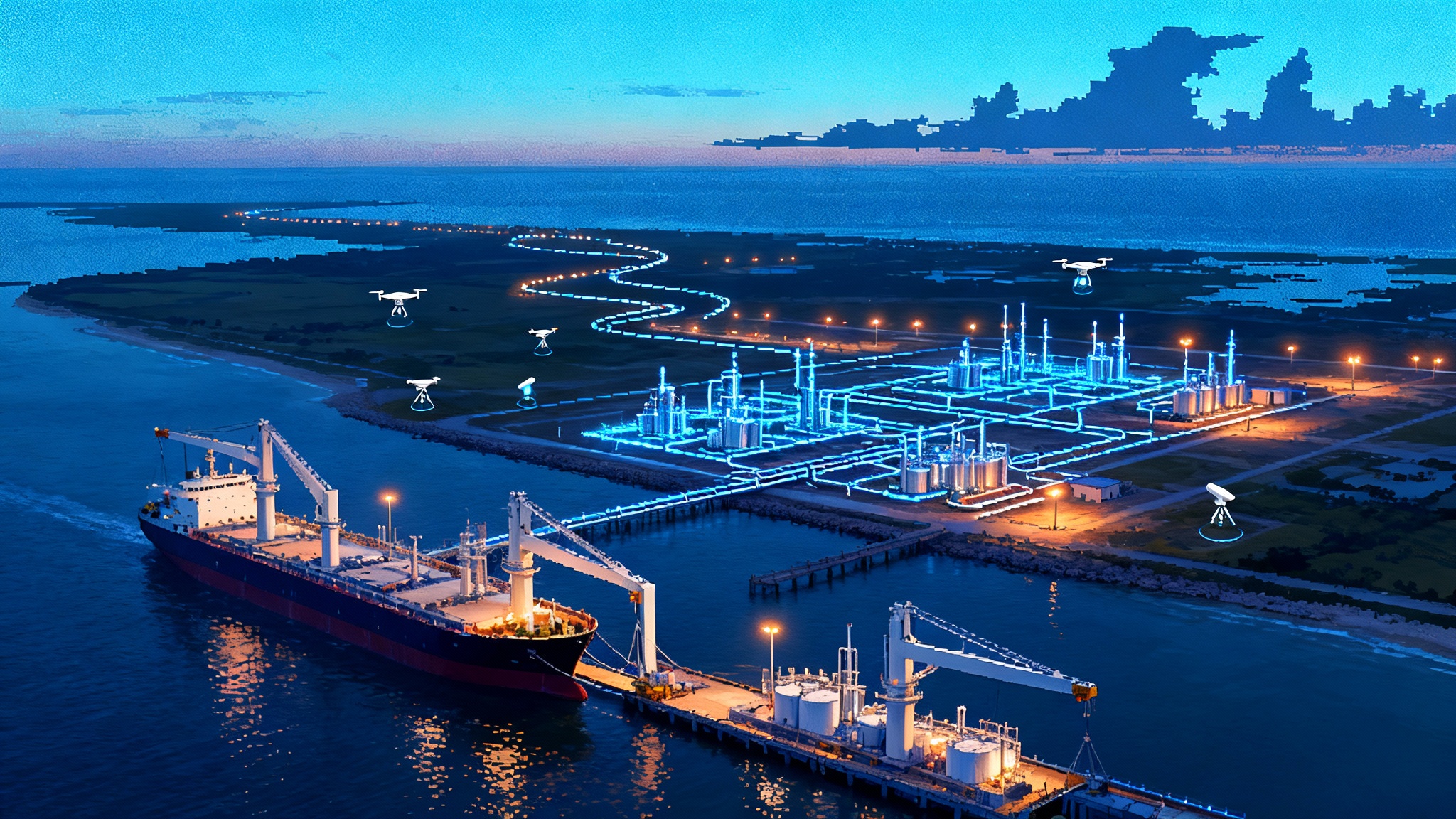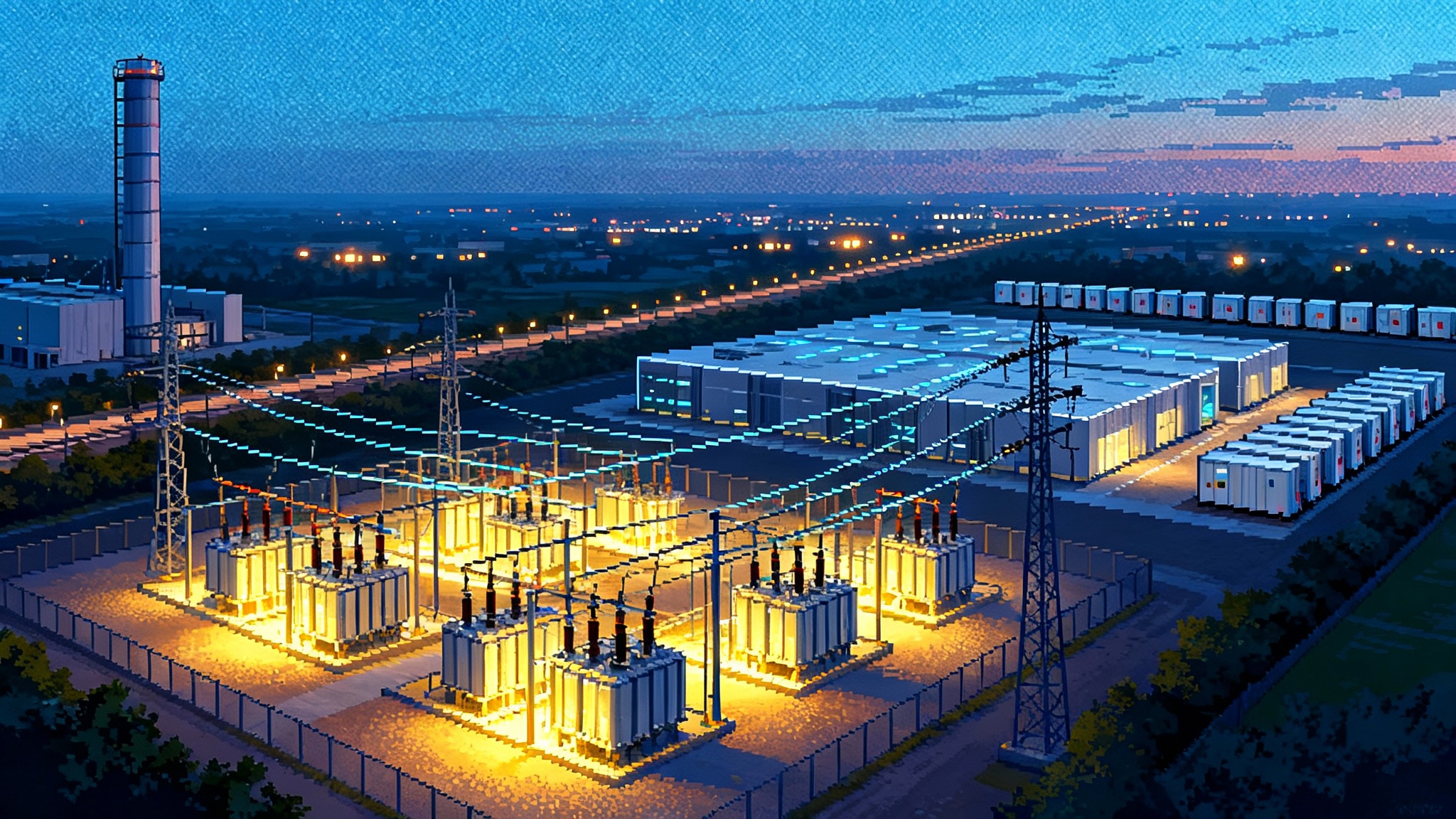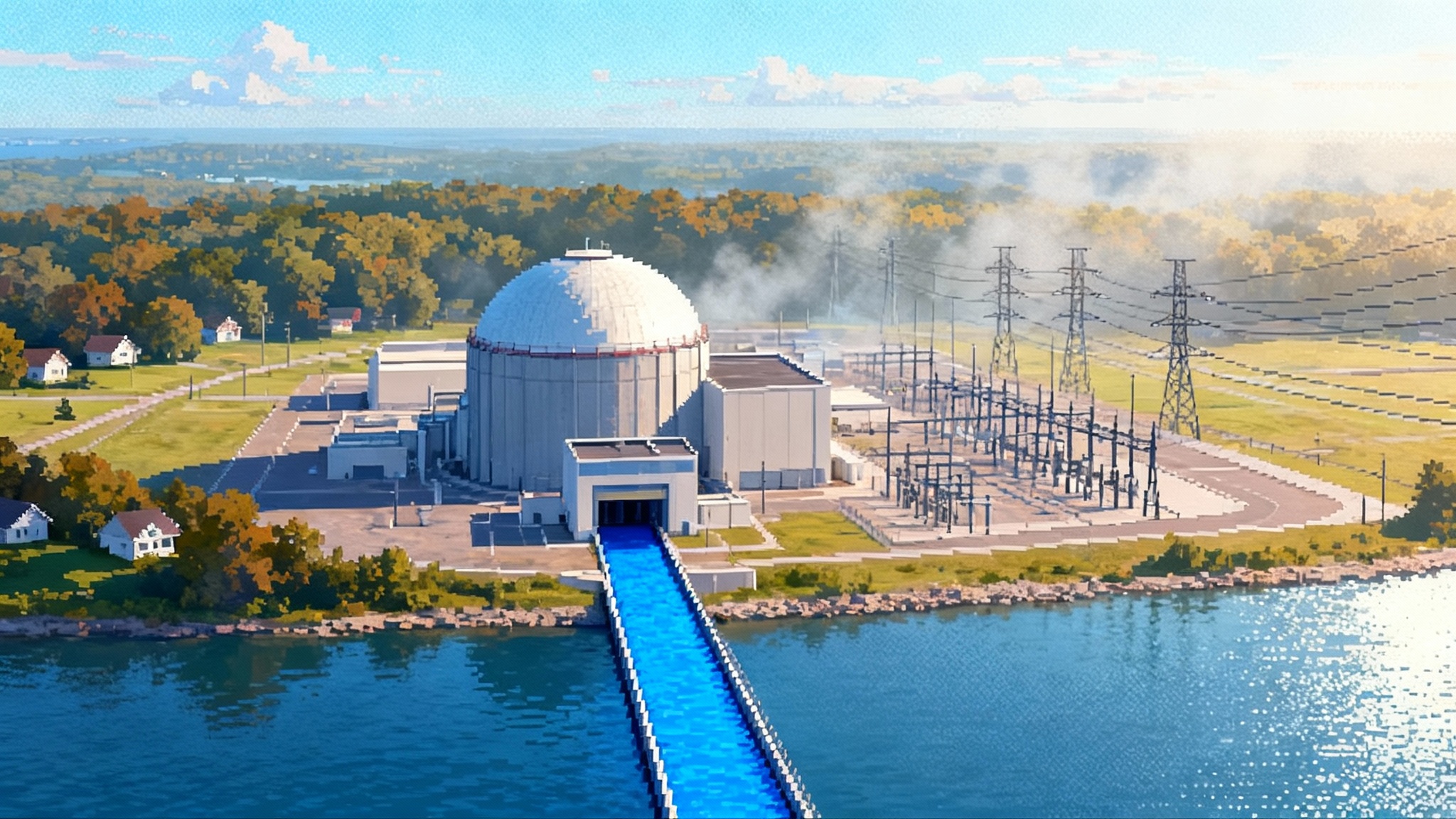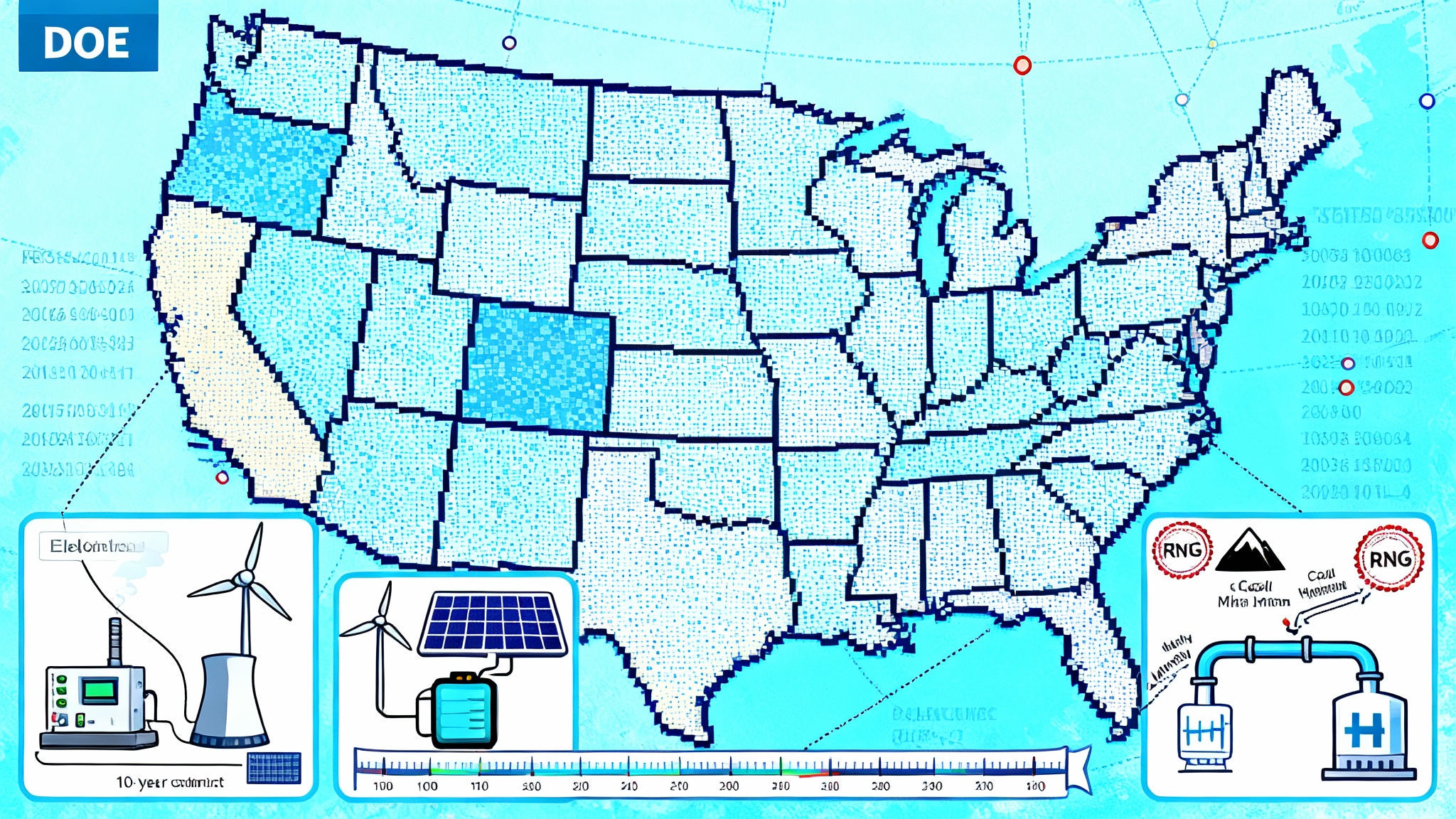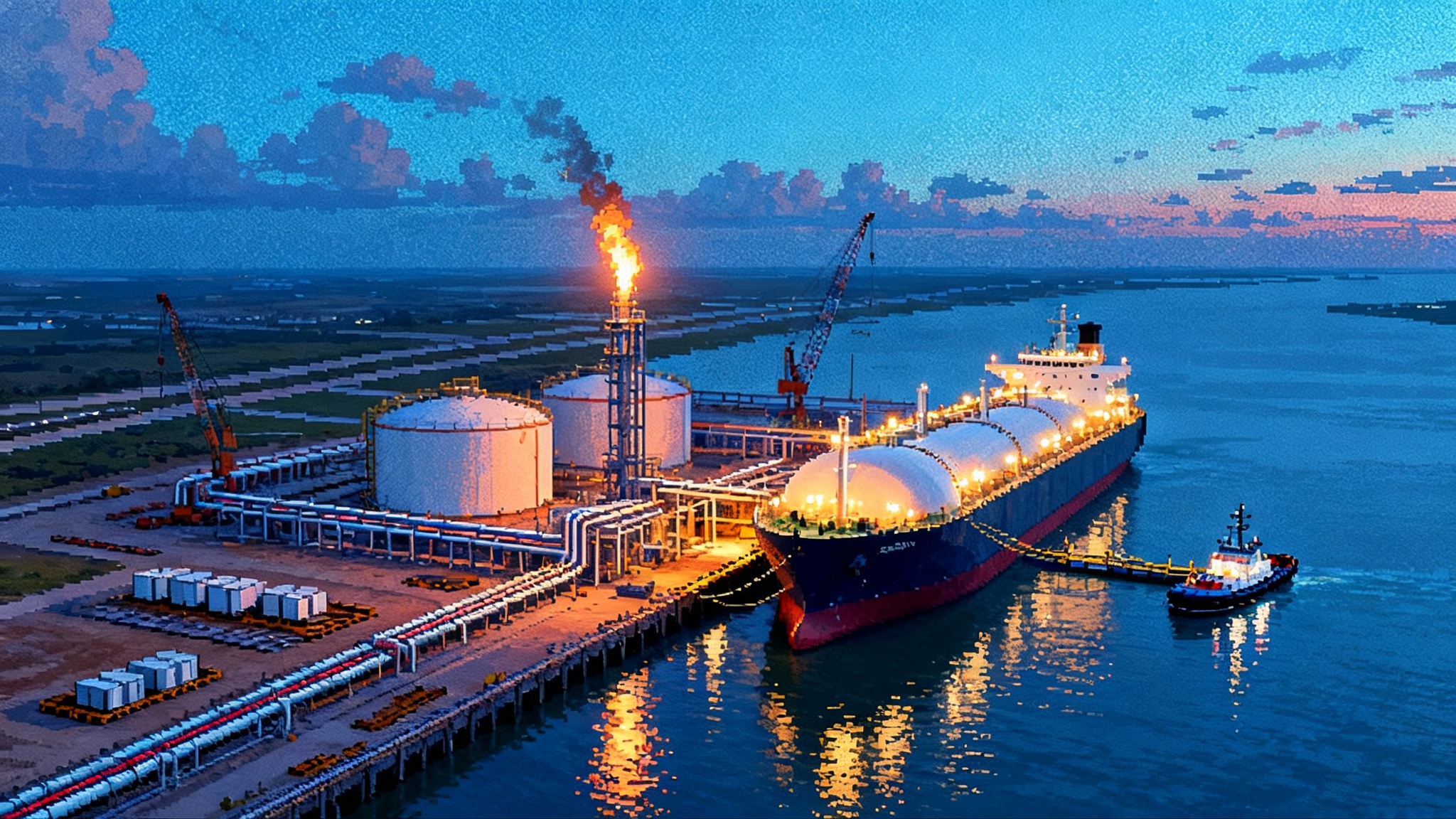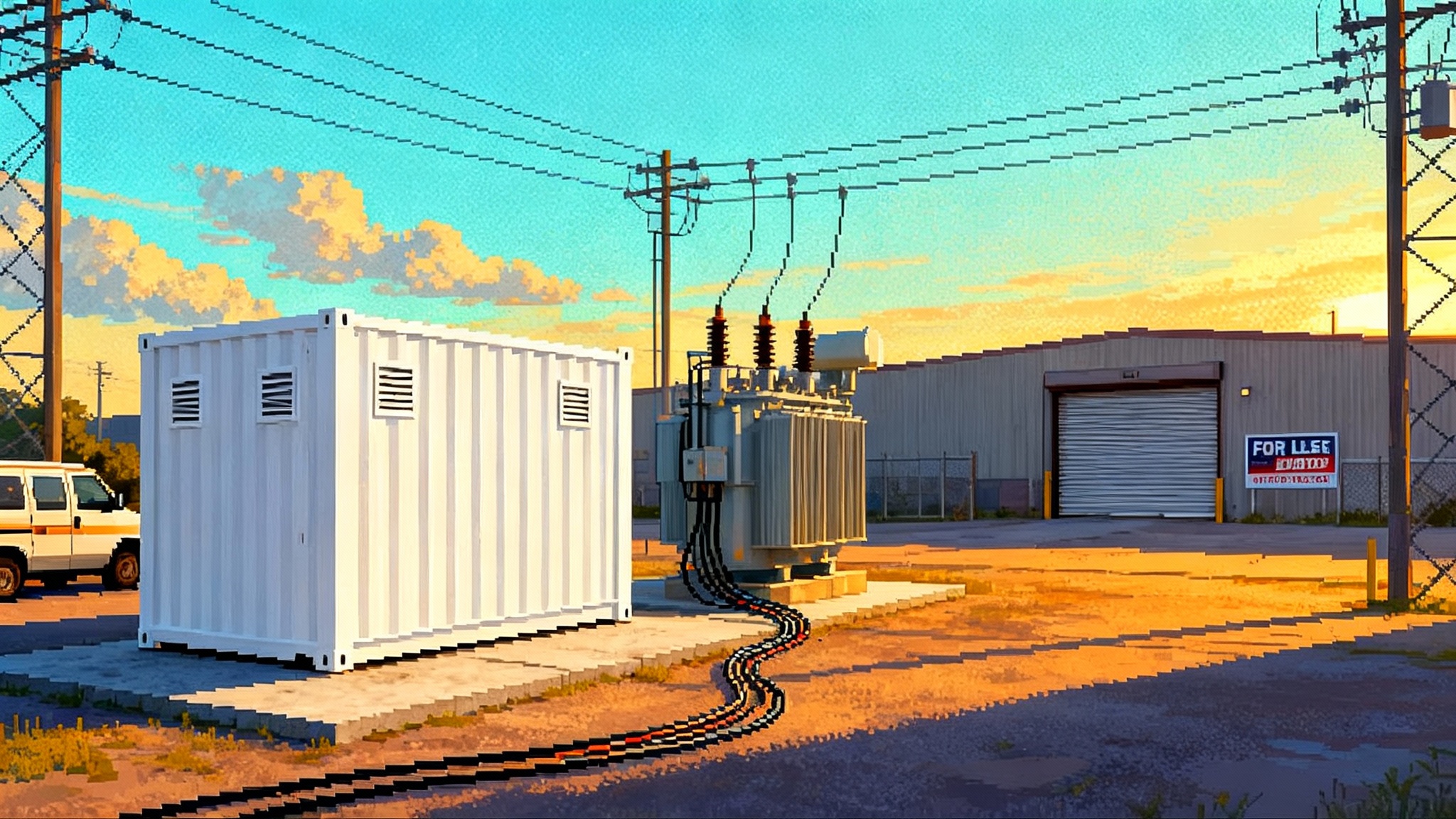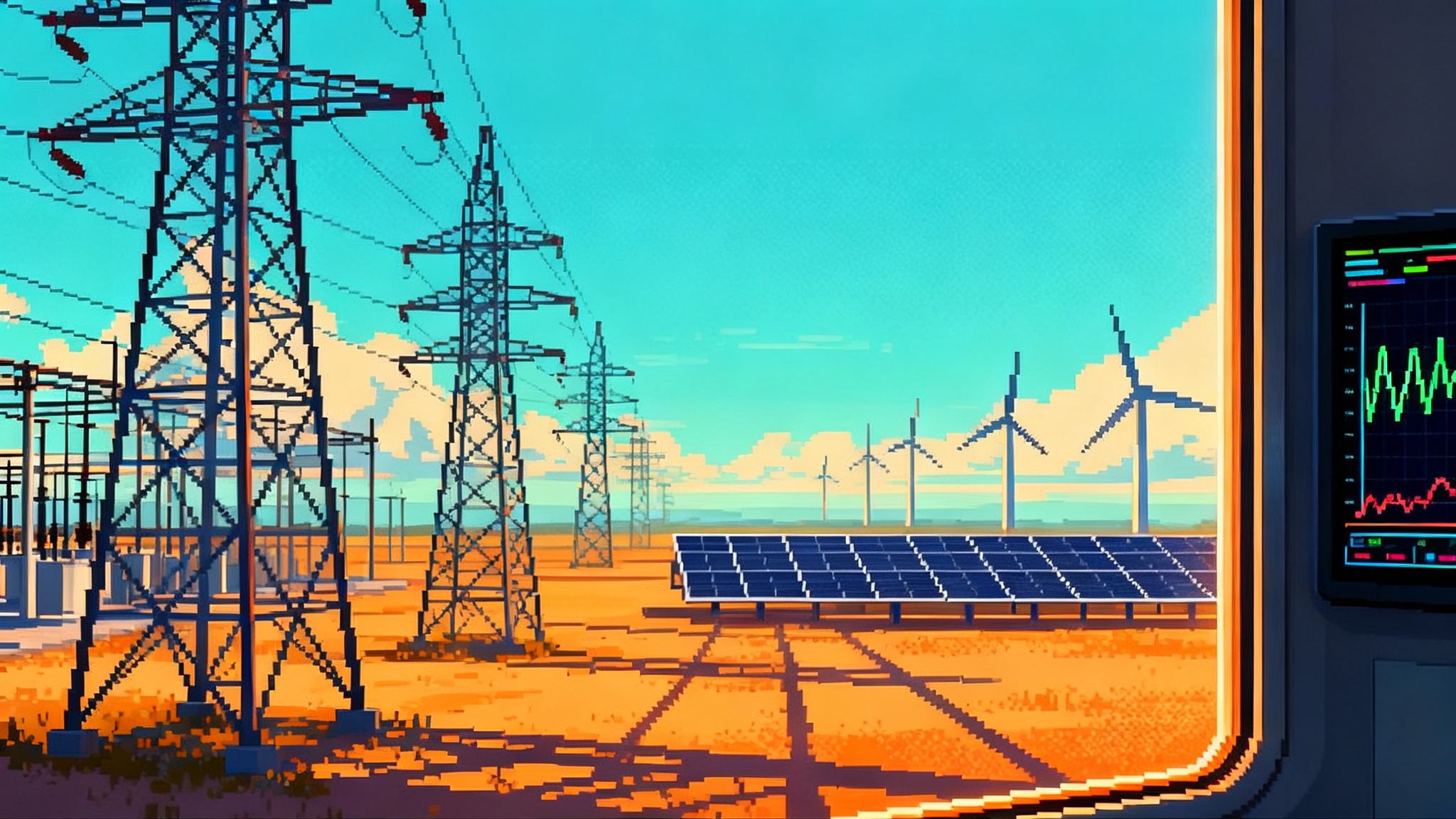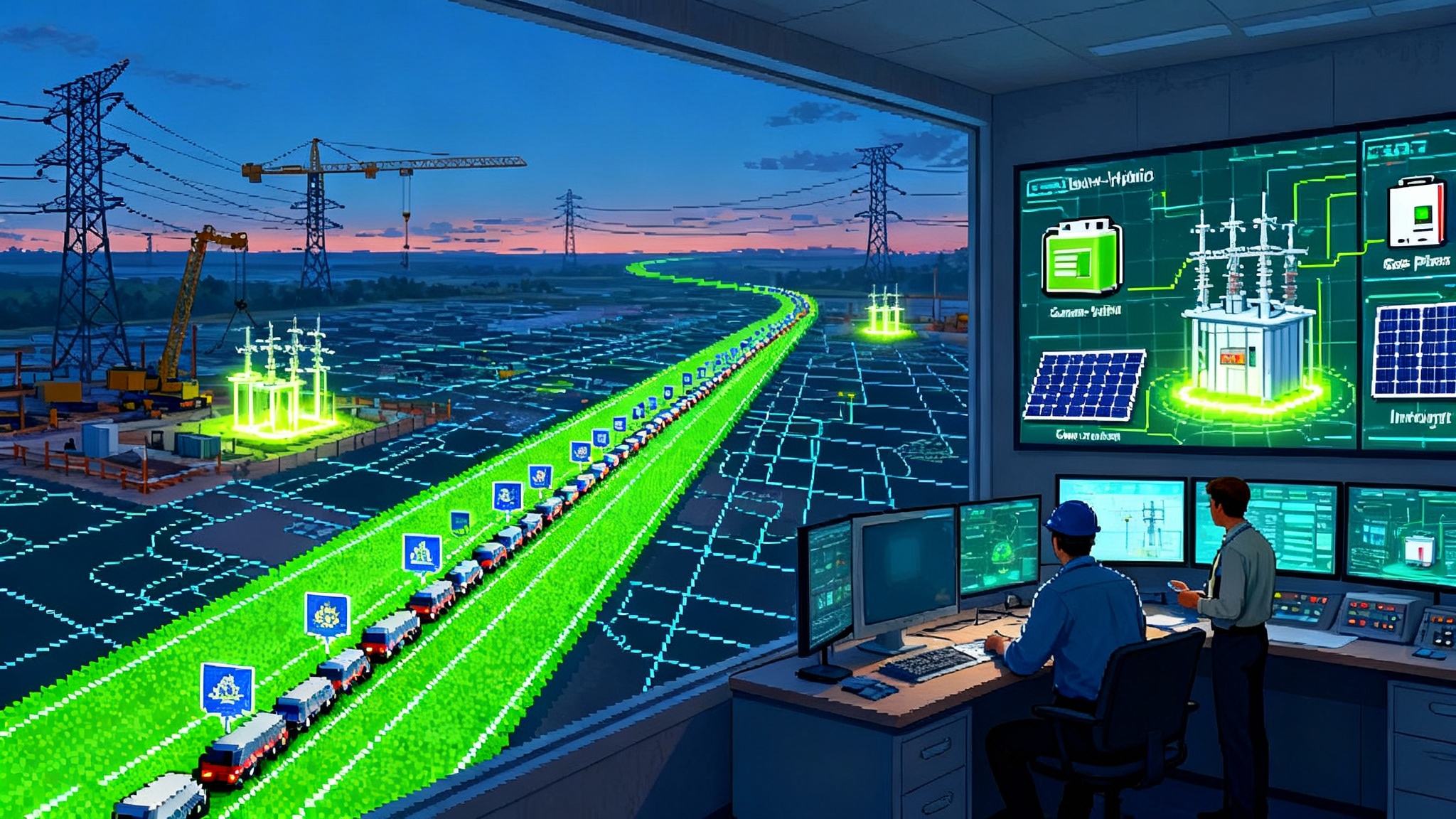Seminoe Draft EIS puts GW-scale hydro storage on the grid map
FERC’s draft EIS for Wyoming’s 972 MW Seminoe pumped storage project signals a turning point for long-duration, synchronous storage. Here is how it can firm Rockies wind, fit into Order 1920 plans, navigate licensing, and reshape the West’s reliability playbook.
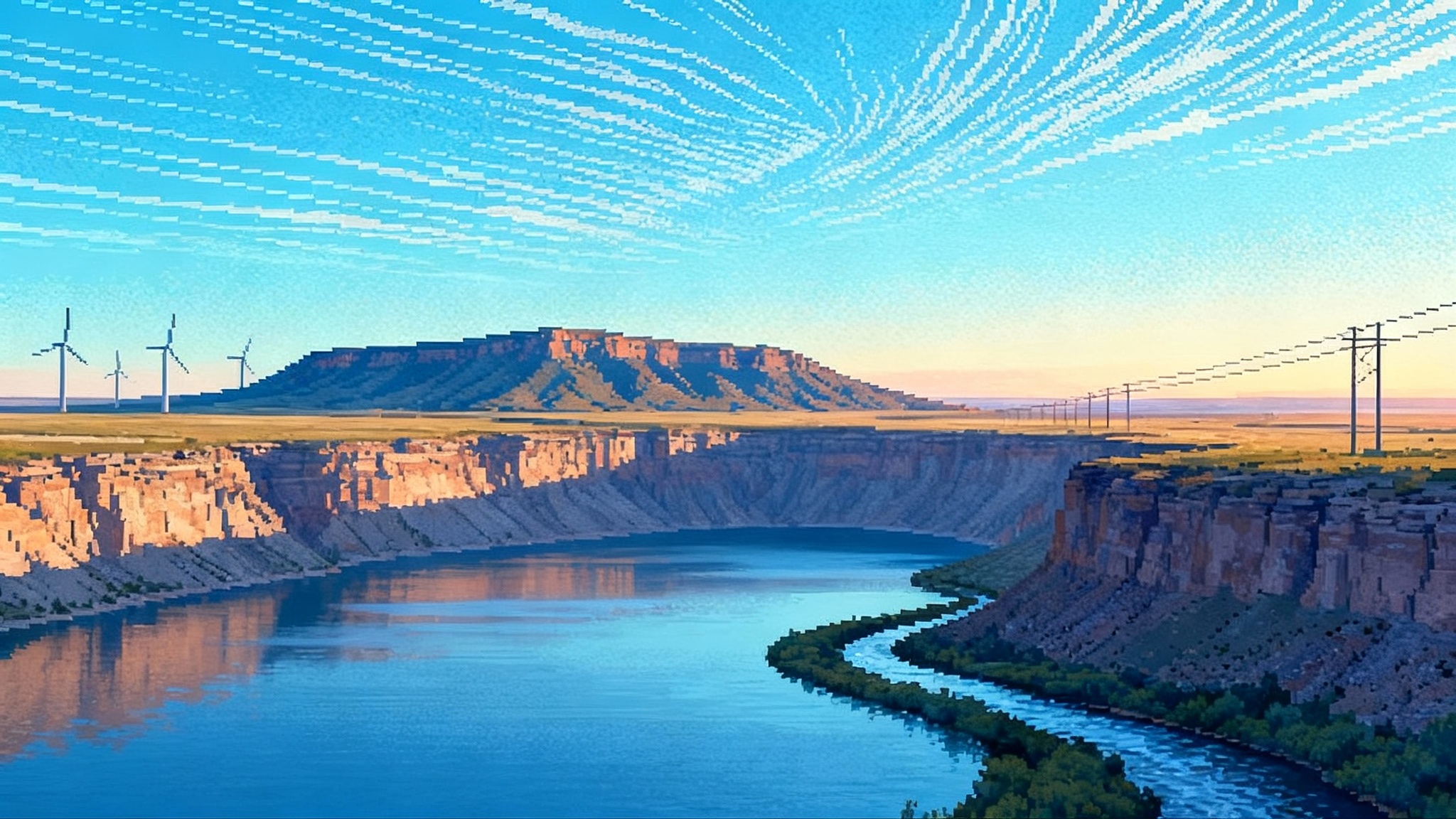
A draft EIS with grid-scale implications
A single line in a federal notice just shifted the storage conversation in the American West. On September 26, 2025, the Federal Energy Regulatory Commission released its draft environmental impact statement for the proposed 972 megawatt Seminoe Pumped Storage Project in Carbon County, Wyoming. The document recommends licensing under a staff alternative and opens a formal comment window through early 2026. For a technology that built the backbone of peak power in the 1970s, the new filing reads like a comeback script. It puts gigawatt-class, multi-hour-to-day storage back on the U.S. grid map. See the primary source: FERC draft EIS for Seminoe.
Seminoe’s basic idea is familiar and proven. Use the existing Seminoe Reservoir on the North Platte River as the lower pool, build an upper reservoir on Bennett Mountain, connect them with tunnels, and install an underground powerhouse. When the region has surplus electricity, pumps lift water uphill. When the grid needs support, valves open, water drops through turbines, and the plant behaves like a very large, very fast power station.
The scale matters. At roughly one gigawatt, running for 8 to 12 hours or more, a plant like Seminoe can shift entire day-night cycles of energy. That is not a marginal battery bolted to a substation. It is a flexible power plant that happens to store its fuel as gravity, not gas.
Why synchronous storage is back
Think of the Western grid as a long freight train. The engines pull, but the train’s momentum keeps it smooth through bumps and curves. In power systems, that smoothing force is inertia. Conventional hydropower and pumped storage provide it because their generators are big spinning machines directly synchronized to the grid. When a disturbance hits, the rotating mass pushes back instantly.
That difference is not academic. It enables three reliability services that modern grids struggle to source at scale:
- Inertia and fast frequency response. The heavy generator rotors behave like flywheels, buying time for controls and market signals to kick in. In plain terms, the lights are more likely to stay on when something big trips.
- Voltage support and reactive power. Synchronous machines can stabilize voltage locally, which helps long transmission lines move more power without drifting out of spec.
- Black start. After a large outage, pumped storage can start from a dead grid, then light up other plants. It is akin to jump-starting a car that has a dead battery.
Lithium batteries have reshaped short-duration balancing, and grid-forming inverters are improving fast. For context on inverter standards, see FERC’s ride-through rules for IBRs. But when the need is eight, twelve, or even twenty hours, and when planners must guarantee system strength in remote areas, synchronous pumped storage checks boxes that shorter, inverter-only resources still earn through aggregations, novel controls, and careful siting. Seminoe arrives at the exact moment grid operators are searching for long-duration capacity that is both dispatchable and stabilizing.
Firming Rockies wind through the week
The Rockies have exceptional wind regimes and a buildout already visible from Rawlins to Medicine Bow. New 500 kilovolt transmission is connecting Wyoming’s resource basin with Utah and the Southwest, and additional high-capacity lines are under construction or planned. That creates a new balancing act. When a front pushes steady winds across southern Wyoming for 36 hours, the grid needs somewhere to put that energy. When the front passes and wind speeds fall, it needs a large, clean source to fill the gap.
Seminoe’s proposed head and tunnels translate to quick starts and deep storage. Operators could absorb surplus wind overnight, release during morning ramps, recharge mid-day if solar is abundant, and then carry reserves into the evening peak. Over weekends, the plant could pump to the top and hold, ready to cover a calm Monday morning. This is the kind of daily-to-multi-day cycling that keeps gas turbines idle more often, reduces curtailment of high-capacity-factor wind, and increases the value of Wyoming’s resource in regional markets.
How Seminoe slots into Order 1920 portfolios
If Order 890 and Order 1000 were about process, FERC’s Order 1920 family is about planning for a future system rather than a snapshot. Transmission providers must look 20 years ahead, build scenarios, and select regional portfolios with clear cost allocation. Critically, it formalizes the role of states in shaping those scenarios and dividing costs. For Western planners, that creates an opening to embed long-duration storage at the same time they right-size rebuilds and site new high-voltage lines.
Seminoe illustrates the alignment. A gigawatt-class, synchronous, long-duration plant is exactly the type of asset that can reduce the amount of new wire needed for reliability margins and congestion relief, because it time-shifts large blocks over long distances without burning fuel. Under Order 1920, those system-level benefits can be measured across scenarios and tied to selected transmission projects and non-wire solutions. For a plain-English overview of the rule and its updates, see the FERC Order 1920 explainer.
For utilities and state commissions assembling their first 1920-compliant plans, that means two practical steps now: include pumped storage options in scenario optimization runs rather than treating them as afterthoughts, and explicitly score synchronous services like inertia and black start so they are valued alongside capacity and congestion benefits.
The 2026 to 2027 licensing and water milestones
Here is the near-term calendar that matters if Seminoe is to break ground in 2027:
- Public comment on the draft EIS runs through January 2, 2026. Agencies and stakeholders will use this window to argue over alternatives, impacts, and mitigation packages.
- Target date for the final EIS is April 13, 2026. The cooperating agencies include the Bureau of Land Management, Bureau of Reclamation, U.S. Fish and Wildlife Service, U.S. Army Corps of Engineers, Western Area Power Administration, and local conservation districts.
- FERC’s license order is scheduled for July 16, 2026, if the environmental record and consultations close on time.
- Construction could begin as early as 2027, with a four to five year build if financing and site access stay on track.
In parallel, state and federal approvals must line up:
- Clean Water Act section 401 certification from the Wyoming Department of Environmental Quality must confirm that project discharges and activities will comply with state water quality standards.
- Clean Water Act section 404 authorization from the U.S. Army Corps of Engineers will address any fill or dredge work in waters of the United States.
- Bureau of Reclamation will evaluate a Lease of Power Privilege to use the existing Seminoe Reservoir as the lower pool.
- Bureau of Land Management right-of-way decisions and any necessary land use plan amendments will set surface access and transmission alignments.
- Endangered Species Act section 7 consultation must conclude with a biological opinion that covers species and habitat in the project area.
- National Historic Preservation Act section 106 consultation must resolve potential effects on cultural resources.
- Wyoming water rights for the new upper reservoir and any changes to points of diversion or storage will move through the State Engineer’s Office and Board of Control. Expect an SW-3 reservoir filing and related engineering packages, along with proof that initial fill and annual make-up water can be secured without impairing senior rights.
The sequence above may sound procedural, but the dependency chain matters. A late 401 certification can hold back the federal license. A contested right-of-way can delay construction mobilization. The teams that finish first are the ones that treat these tasks as an integrated program rather than a checklist.
The environmental debates to watch
The draft EIS flags a set of issues that will dominate the comment record and shape the final mitigation package:
- Fisheries and water quality below Seminoe. The North Platte’s Miracle Mile reach is a blue ribbon trout fishery and a centerpiece of the local outdoor economy. The question is whether intermittent pumping and releases, and any construction-related turbidity, change water temperature or clarity enough to alter habitat or timing for trout and aquatic insects. Expect scrutiny of operating bands, ramp rates, intake screening, and monitoring plans.
- Vegetation and old growth limber pine. Upper-reservoir construction and transmission corridors will disturb soils and remove trees in sensitive high-elevation communities. The debate will focus on how much can be avoided through final micro-siting, and how much must be offset through restoration and conservation easements.
- Big game movement and noise. Construction traffic, blasting, and human presence can displace mule deer and pronghorn. The EIS will attract comments on seasonal work windows and quiet, low-visibility design choices for permanent facilities.
- Recreation and viewscapes. Seminoe State Park is a draw. Stakeholders will press for design options that keep the upper reservoir and project roads out of key sightlines, and for public access plans that preserve hunting, boating, and camping experiences.
None of these issues are new for pumped storage. The bar here is a mitigation package that maintains fish habitat quality, prevents fish entrainment, reduces permanent habitat loss, and protects cultural resources. The editorial lens to apply as comments roll in: which demands change outcomes on the ground, and which are attempting to relitigate project need.
The cost debates to watch
Even supporters call pumped storage the most capital intensive way to store a kilowatt-hour. That framing misses two mechanics that drive value for Seminoe-style projects:
- Duration economics. Moving 8 to 20 hours of energy with one set of civil works and four machines is far cheaper per delivered kilowatt-hour than stacking many containers of short-duration batteries for the same outcome. Long tunnels and large reservoirs look expensive until you divide total cost by the energy shifted over 50 to 80 years. For perspective on how lithium is tackling shorter peaks, see grid batteries as new peakers.
- Reliability stacking. A pumped storage plant earns multiple revenue streams at the same time: capacity, energy arbitrage, ancillary services, inertia, and black start retainers. That stack is hard to replicate with short-duration storage alone, especially in remote parts of the West served by long lines.
Opponents will cite absolute dollars and construction risk. Proponents will point to asset life, inflation hedging, and how a single asset reduces the amount of new gas capacity, fuel transport, and emissions compliance the region must carry. The credible middle ground is to insist that Seminoe’s final license conditions keep the plant flexible enough to capture the full stack. That means operating ranges wide enough to time-shift across days, and interconnection sized to deliver inertia and voltage support when they matter most.
If Seminoe clears, the pipeline to watch
Seminoe is not the only file on the Western docket. The Pacific Northwest’s Goldendale Energy Storage Project in Washington has a final EIS that recommends licensing with conditions, though it faces unresolved cultural and water questions and a contested record. Oregon’s Swan Lake North project holds a FERC license and is working through amendments needed to reach construction. Montana’s Gordon Butte is licensed and awaiting a go-to-build decision. In California, municipal sponsors are advancing the San Vicente Energy Storage Facility near San Diego. None of these are done deals. All of them would benefit if FERC issues a Seminoe license on the schedule now in view and demonstrates a modern mitigation template that cooperating agencies and tribes can accept.
Why would one Wyoming project change that many decisions elsewhere? Because the West is converging on the same challenge. Wind and solar are scaling. Demand from data centers, electrified industry, and population growth is rising. For the demand side, see how utilities are thinking in AI data center rate classes. Transmission expansions are coming, but even with Order 1920, big wires take a decade. Every region will need long-duration, dispatchable storage that anchors reliability while lines get built. A Seminoe license would show how to do it on federal lands, with a Bureau of Reclamation reservoir, under a modern environmental record.
What planners, policymakers, and communities can do now
- Utilities and regional planners: put pumped storage options into your 1920-compliant scenario runs. Treat synchronous services as explicit benefits in portfolio scoring. If your planning model does not value inertia, update the benefit-cost framework so that it does. The cheapest megawatt on paper is not the most valuable if it leaves you short on system strength.
- State regulators: use the expanded role Order 1920 gives you to request at least one long-duration, synchronous storage pathway in each regional planning cycle. That forces a real comparison between new wires, storage, and gas builds across 20-year horizons.
- Developers: de-risk early. Lock in a make-up water source and a fishery mitigation plan before the final EIS. Show how your plant’s operating bands protect downstream habitat. Put credible transmission interconnection timelines on paper so the storage resource arrives when new lines energize.
- Local communities and tribes: engage the record while it is still plastic. The most consequential comments pair a concern with a specific, monitorable condition. If noise is an issue, specify hours and decibel limits. If access is the issue, define gates, seasons, and routes. Those details become license terms you can enforce.
The bottom line
Seminoe’s draft EIS does more than move one project. It marks the return of gigawatt-scale, synchronous storage to a Western grid that needs it. If the environmental case can be closed with strong mitigation, and if the license arrives by July 2026, construction can start in 2027 and the West gains a new reliability anchor early in the 2030s.
The West is stitching together a new transmission fabric under Order 1920. The question is what we fasten to that fabric to keep it taut when the wind ebbs and the sun sets. The answer looks a lot like a modern pumped storage powerhouse carved into the side of a Wyoming mountain. It is quiet most of the time. It spins up fast when called. It keeps the train smooth through the curves. And it lets the rest of the system run harder, cleaner, and with fewer surprises.
